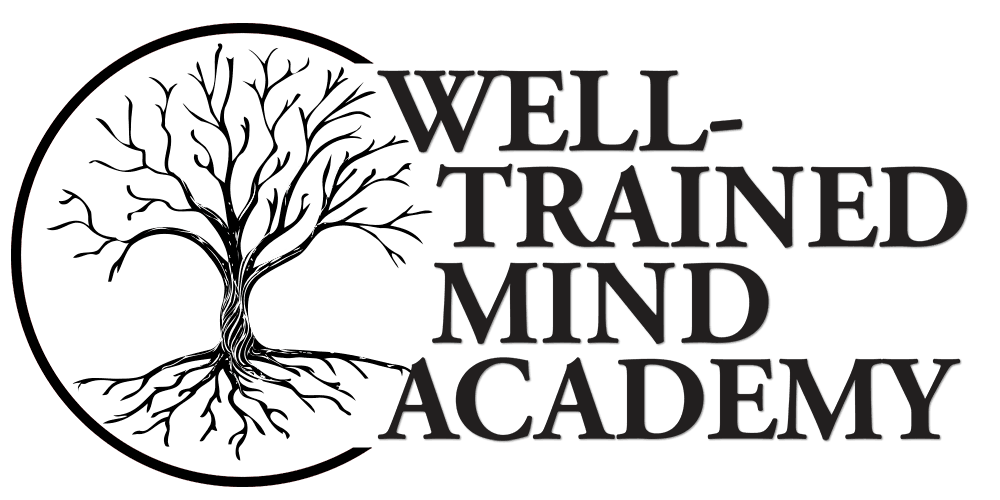Adulting 101: Personal Finance for High School Students

Pop Quiz! Which of the following does your teenager know how to manage?
- A monthly payment-in-full on a credit card.
- Saving for a major purchase, like their first car.
- Understanding why most of their paycheck is already spoken for before they cash it (hello unlimited data phone plan!)
- All of the Above.
- None of the Above.
Twenty or twenty-five years ago, teaching teenagers about personal finance was straight-forward. Most transactions happened in cash, and they either had money in their pocket or they didn’t. They had a concrete way of knowing whether or not they had money to buy or do something. Credit cards were something only adults had, and money was generally hard to get.
Our economy has changed drastically. Many people never even touch cash. We have easy access to credit and debit cards, as well as electronic forms of payment like Venmo and PayPal. We can pay for a ride with an app through Uber or Lyft (I bet no one misses the days where they had to have cash for a cab), and we can pay for groceries with a tap of our cellphone.
Students today are stepping into a very complicated financial world. Between student loans and credit cards, they can all too easily enmesh themselves in debt. They will have no idea about the impact the debt will have on their personal and professional decisions for years. It is time for us to teach them!
Contents
Personal Finance Class Within a Classical Education Curriculum
Is there a way for us to educate teenagers about finances in the framework of a classical education? Absolutely! Helping students develop a proper understanding of finance before they dive headfirst into adult responsibilities works perfectly in a classical framework. Think about how our students learn the fundamentals of a subject before practically applying it. Gaining financial literacy through a personal finance class is no different. And its application immediately pays off.
Where are some of the areas students need to gain knowledge and experience?
Controlling Expenses
- Simple Budgeting — A budget is a great way to track expenses going out and income coming in. Believe it or not, many adults have a basic problem understanding where all their money goes. Establishing a habit of tracking expenses and income helps one develop good money management habits early in life.
- Planning for Daily Expenses — Daily life includes a number of costs. Students have to learn how to manage those costs so they’re not calling home for money or constantly asking their friends to buy them lunch. Learning how to feel confident in spending is key for financial success.
- Paying for Major Expenses — As life goes on, there are always going to be big expenses that come up. Examples include purchasing a car or taking a special trip. Once students master the basics of building a budget and saving, they can see how planning over time for major expenses can be an effective way to enjoy the good things in life.
- Saving for Unknown Expenses — Most Americans would have to borrow money for an unexpected car repair or medical expense over $400. Part of learning to be financially responsible is putting away for a rainy day so that one’s simple budget isn’t blown up by life’s expected-yet-unexpected events.
Managing Debt
- Using Credit Cards — Most students have very little understanding of how the interest rates on credit cards can significantly drive up the cost of purchases. The best habit with credit cards is to pay them off in full at the end of each month. With a strong foundation in simple budgeting and preparing for unexpected expenses, students can master smart credit card use. This builds good credit history and stops them from paying burdensome interest.
- Student Loans — What does getting a student loan really look like? What happens over a ten, twenty, or thirty year period of repayment, when $500 or more per month are spoken for to service your loan? How much more are you paying for your loan versus what you think you borrowed because of interest? Few people understand how crippling student loan debt can be (of course everyone struggling to repay their student loans knows — just too late). Getting a sense of the burden of that debt can help students make informed decisions about the true cost of college.
Planning for the Future
- Saving in General — Holding on to a cash reserve to either cover a dip in income (like a loss of a job) or for long-term needs (like the deposit needed for a first apartment) is important to move away from living in a “day-to-day” mindset. The sooner students learn that savings are a form of monthly expense (you can’t just skip it!), the better off they’ll be in the future.
- Thinking About Income — Money doesn’t grow on trees! While most students are excited about their first paycheck, they soon realize how hard earning (and keeping) that money actually is. There are many ways for students to learn how to maximize their opportunities for income at work and outside of their regular jobs.
- Setting Life Goals — Many of the good things in life and important life moments require planning. A budget and financial plan help order and reflect your values and priorities. Students do not often realize that long-term planning requires long-term thinking as soon as possible, even if it is in small ways. Where one spends their money reflects their priorities. Students need to know how to plan ahead, and how to shift their goals when their perspective changes.
In summary, learning the basics of financial literacy is just one more advantage a student can have before going off into the real world. If you are interested in helping your student master their finances (or you know they need a personal finance credit to graduate), check out our Spring 2020 class: Life Skills for the Young Adult.
